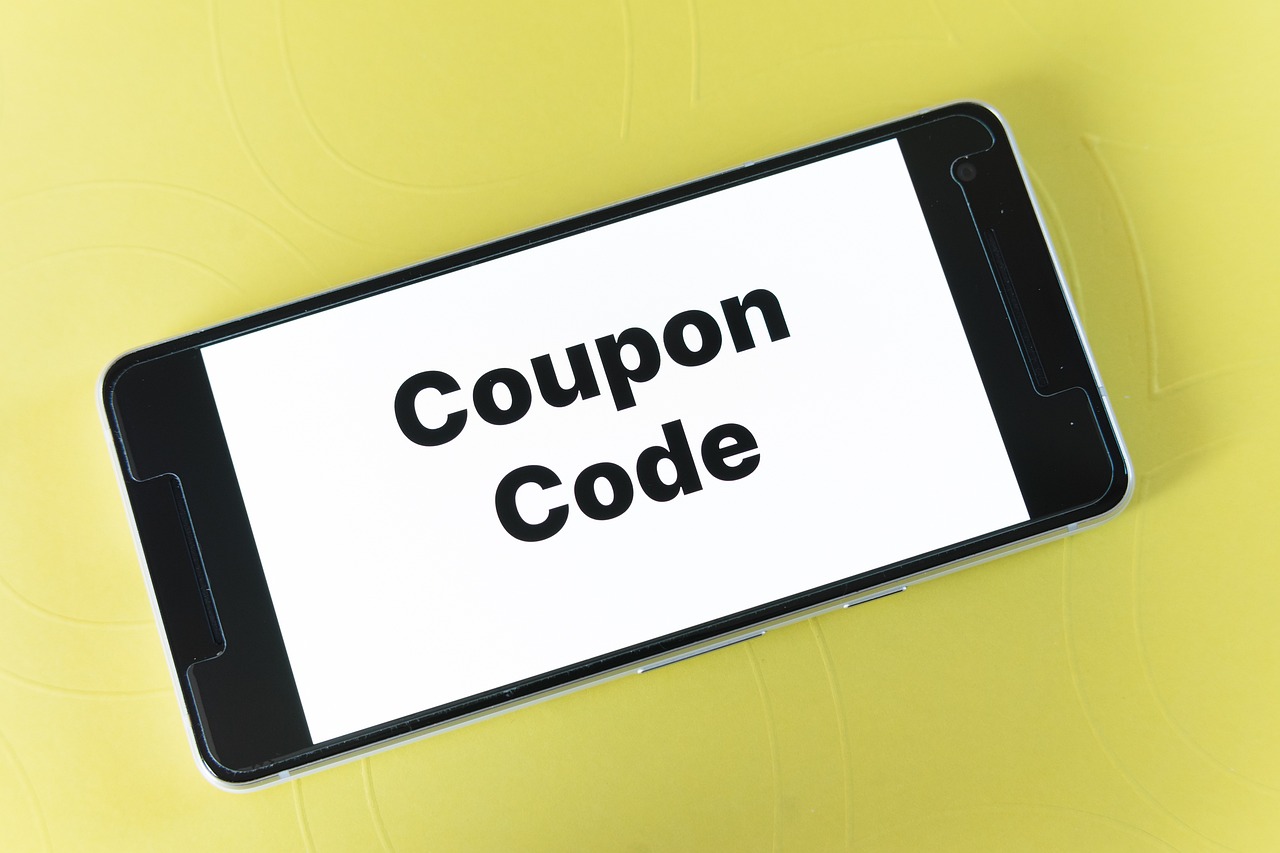Unleash the thrill of a limited-time offer and watch your sales soar! Flash sales, those electrifying bursts of deep discounts and urgent deadlines, are a powerful tool in any e-commerce arsenal. But are you harnessing their full potential? This guide will delve into the art and science of crafting killer flash sales that not only attract customers but also drive significant revenue and build brand loyalty.
What Exactly is a Flash Sale?
Defining the Flash Sale Phenomenon
A flash sale is a short-duration, highly promotional sale event, typically offered online by retailers. They are characterized by:
- Deep Discounts: Products are offered at significantly reduced prices, often well below regular retail.
- Limited Time: The sale lasts for a very short period, typically a few hours to a few days.
- Sense of Urgency: Strong messaging emphasizes the limited-time nature of the offer, encouraging immediate purchases.
- Inventory Constraints: Products may be available in limited quantities, further fueling the urgency.
Why Use Flash Sales?
Flash sales offer a myriad of benefits for businesses:
- Boost Sales: Generate immediate revenue and clear out excess inventory.
- Attract New Customers: Entice price-sensitive shoppers to discover your brand.
- Increase Brand Awareness: Create buzz and excitement around your products.
- Drive Traffic to Your Website: Attract visitors who may browse and purchase other items.
- Collect Valuable Data: Gain insights into customer preferences and purchasing behavior.
- Improve Cash Flow: Quick influx of revenue can improve financial stability.
Planning Your Flash Sale for Maximum Impact
Defining Your Goals
Before launching a flash sale, it’s critical to define your objectives. What are you hoping to achieve?
- Clear Excess Inventory: Focus on older or slow-moving products.
- Acquire New Customers: Target new audiences with attractive offers.
- Increase Brand Awareness: Create a unique and memorable event.
- Drive Holiday Sales: Capitalize on peak shopping seasons.
Selecting the Right Products
The products you feature in your flash sale significantly impact its success.
- High-Demand Items: Offer popular products with limited availability to generate excitement.
- Complementary Products: Bundle related items together to increase the average order value.
- Seasonal Products: Discount items that are relevant to the current season or upcoming holidays.
- Loss Leaders: Offer a few products at deeply discounted prices to attract customers, knowing they may purchase other items as well.
For example, a clothing retailer might offer a flash sale on summer dresses in late August to clear out inventory before the fall season. A tech company could offer a flash sale on refurbished headphones to attract budget-conscious consumers.
Setting the Discount and Duration
Finding the sweet spot for discounts and duration is crucial.
- Discount Level: Aim for discounts of at least 20-30% to attract attention. Higher discounts can be more effective but impact profitability.
- Duration: Keep the sale short and sweet. 24-48 hours is often ideal. Shorter sales create greater urgency. A sale lasting longer than 72 hours may lose its “flash” appeal.
- Consider Your Margins: Ensure the discounts are still profitable or align with your strategic goals (e.g., customer acquisition).
Promoting Your Flash Sale Effectively
Pre-Sale Buzz
Build anticipation for your flash sale with pre-sale announcements:
- Email Marketing: Send targeted emails to your subscriber list, teasing the upcoming sale and offering early access.
- Social Media: Utilize social media platforms to create buzz and excitement. Run contests and giveaways to generate interest.
- Website Banners: Prominently display banners on your website to announce the flash sale.
- Influencer Marketing: Partner with relevant influencers to promote the sale to their followers.
During-Sale Promotion
Keep the momentum going while the sale is live:
- Countdown Timers: Display prominent countdown timers on your website to emphasize the limited-time nature of the offer.
- Social Media Updates: Regularly update your social media channels with reminders and updates on the sale.
- Push Notifications: Utilize push notifications to reach mobile users with real-time updates and reminders.
- Paid Advertising: Consider running targeted paid advertising campaigns on social media and search engines to reach a wider audience.
Examples of Successful Flash Sale Promotion
- MVMT Watches: Successfully uses email marketing with visually appealing emails showcasing limited-time discounts and countdown timers.
- ASOS: Regularly promotes flash sales on social media with engaging content and eye-catching visuals.
Measuring and Analyzing Your Flash Sale Results
Key Performance Indicators (KPIs)
Tracking the right metrics is essential for evaluating the success of your flash sale.
- Sales Revenue: Total revenue generated during the flash sale.
- Website Traffic: Number of visitors to your website during the sale.
- Conversion Rate: Percentage of website visitors who made a purchase.
- Average Order Value (AOV): Average amount spent per order.
- Customer Acquisition Cost (CAC): Cost of acquiring new customers during the sale.
- Email Open and Click-Through Rates: Performance of your email marketing campaigns.
- Social Media Engagement: Likes, shares, and comments on your social media posts.
Analyzing the Data
Use the data you collect to identify areas for improvement in future flash sales.
- Which products were most popular? This helps you understand customer preferences.
- Which marketing channels drove the most traffic and sales? This informs your marketing strategy.
- What was the average order value? This helps you optimize pricing and product bundling.
- Did the flash sale attract new customers? This assesses the effectiveness of your customer acquisition efforts.
By analyzing your flash sale data, you can continuously refine your strategy and maximize your results.
Conclusion
Flash sales, when executed strategically, are a powerful tool for driving sales, acquiring new customers, and building brand awareness. By carefully planning your sale, selecting the right products, promoting it effectively, and analyzing the results, you can unlock the full potential of flash sales and achieve significant business growth. Remember to focus on creating a sense of urgency, offering genuine value, and providing a seamless shopping experience for your customers. Now go out there and create a flash sale that truly dazzles!




